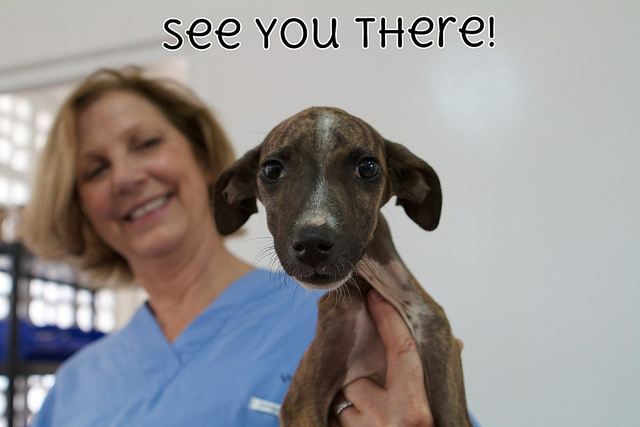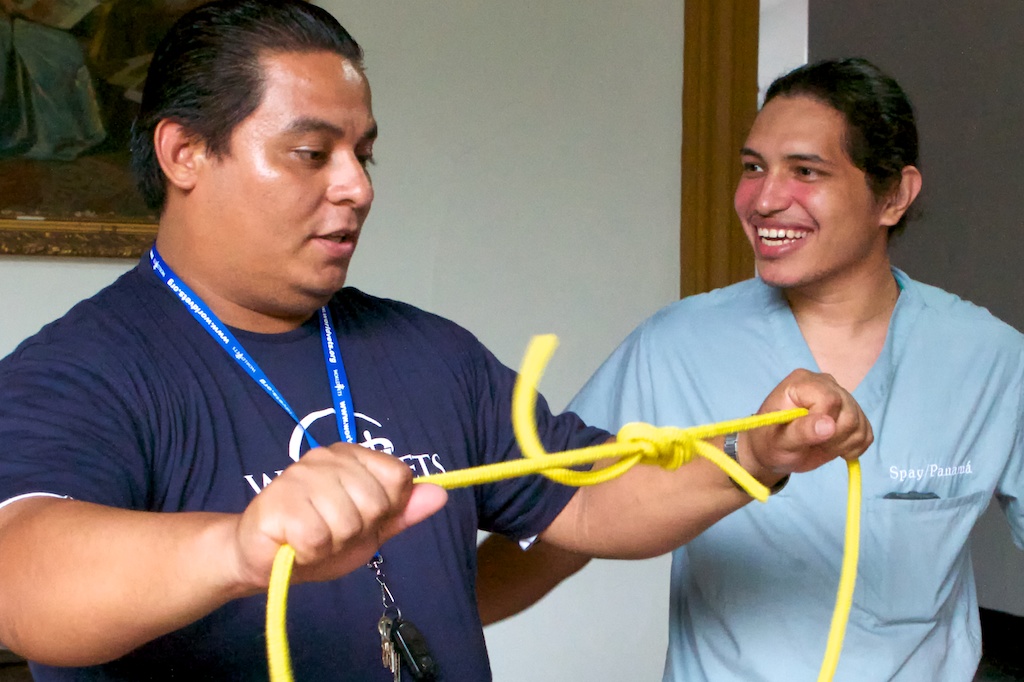World Vets at NAVC
World Vets is thrilled to be participating in the North American Veterinary Conference January 19-23 in Orlando, Florida. This is one of the largest veterinary conferences in the world, so having a booth there will afford us a great opportunity to get the word out about our many opportunities for veterinarians, students, animal health professionals, and companies to Change The World- our 2013 motto.
Whether you’re a vet who’d like to spay a dog in Ecuador, a student looking for a once in a lifetime opportunity to learn surgery one-on-one in Granada, or a company who is looking to get involved in a high profile organization making a difference in the international community, there is something here for you!
If you’re attending, we’d love to say hi- make sure to stop by our booth! See you there!





